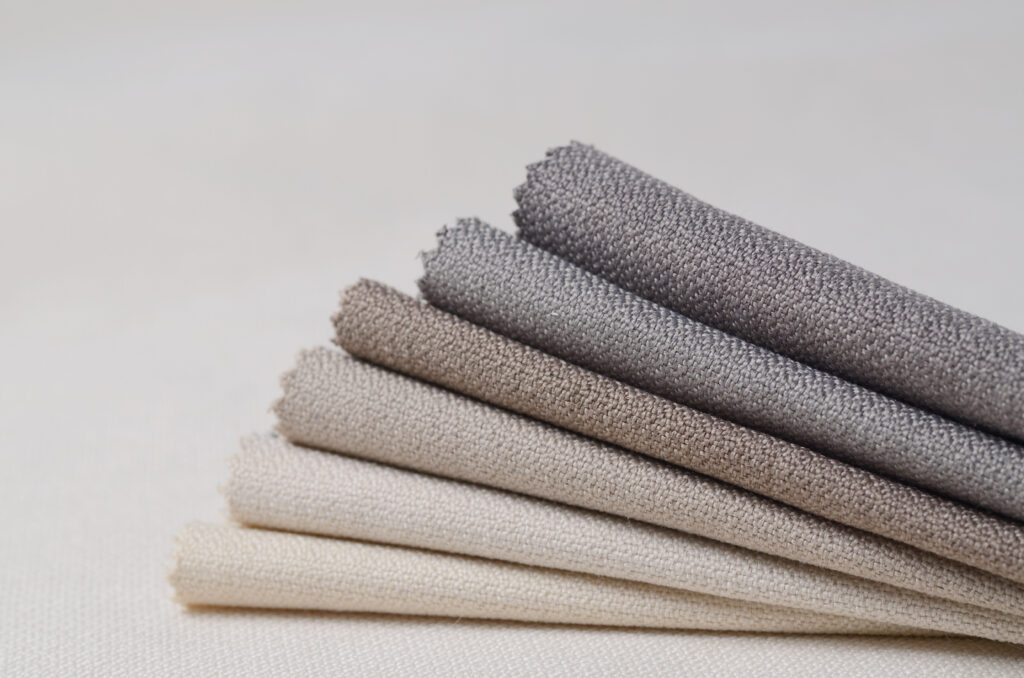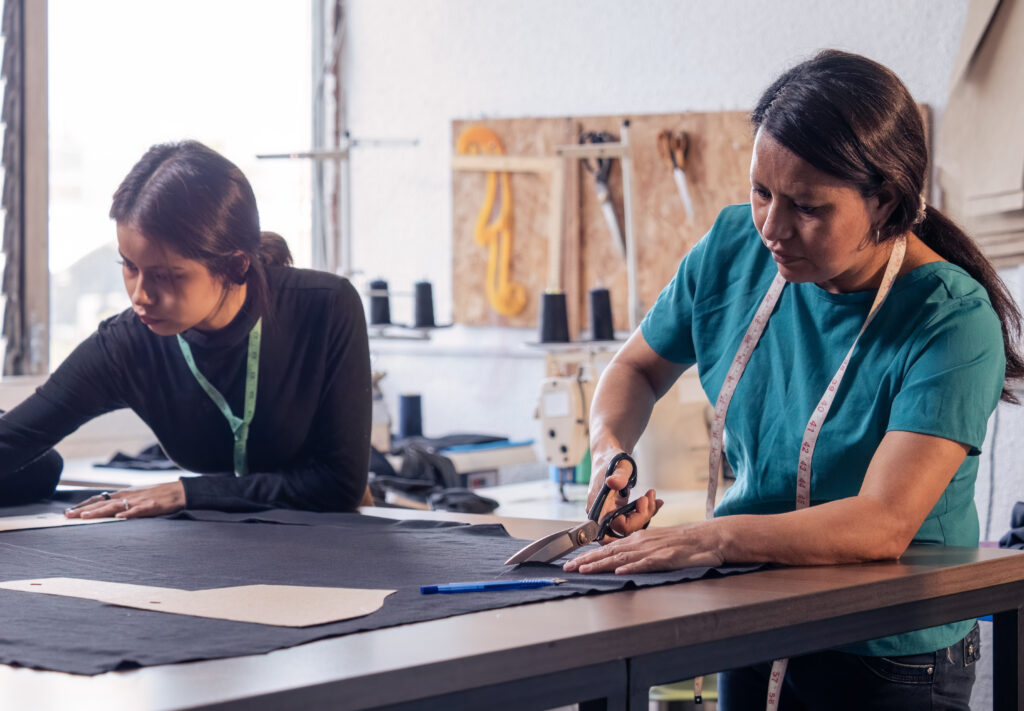Sourcing Sustainable Fabrics: A Guide to Making Eco-Friendly Decisions

When creating a sustainable product, selecting the right fabric is one of the most critical decisions. Not only does it impact the look and feel of your product, but it also plays a significant role in the environmental and ethical footprint of your brand. Here's a step-by-step guide to help you choose sustainable fabrics that align with your values and project needs.
1. Understand How the Fabric is Made
The journey of a fabric starts with how it’s grown or manufactured. To gauge its sustainability:
- Water Usage: Opt for materials that require minimal water during cultivation, such as organic cotton or hemp.
- Pesticide Reliance: Look for fabrics grown without harmful pesticides, which can damage ecosystems.
- Renewable Resources: Prioritize fibers made from renewable or regenerative resources like bamboo or Tencel.
2. Evaluate Processing Methods
How a fiber is processed significantly affects its environmental impact. Here are some key considerations:
- Low Chemical Impact: Seek out materials processed without harmful chemicals, which reduce pollution and health risks.
- Closed-Loop Systems: Fabrics like Tencel are manufactured in closed-loop systems, where resources are reused, minimizing waste and emissions.
3. Assess Fabric Characteristics
Your product's functionality is just as important as sustainability. When selecting a fabric, evaluate:
- Durability: Does the fabric stand up to regular use and washing? Durable materials reduce the need for replacements.
- Biodegradability: Choose natural fibers that decompose without leaving harmful residues.
- Recyclability: Can the fabric be reused or repurposed at the end of its life cycle? Recyclable materials contribute to a circular economy.
4. Check for Certifications
Certifications provide a reliable way to confirm ethical and sustainable practices. Common eco-labels to look for include:
- GOTS (Global Organic Textile Standard): Ensures organic and socially responsible production.
- OEKO-TEX: Tests for harmful substances in textiles.
- Fair Trade Certified: Guarantees ethical treatment of workers throughout the supply chain.
5. Consider Local Sourcing
Where your fabric comes from matters. Choosing fibers from regions known for sustainable production can:
- Lower Carbon Footprint: Reduce emissions associated with long-distance shipping.
- Support Regional Economies: Contribute to the livelihood of local communities specializing in eco-friendly materials.
Building a Sustainable Supply Chain
Sustainable fabric selection goes beyond aesthetics; it involves thoughtful consideration of environmental, ethical, and functional factors. By understanding the material’s origins, production methods, and certifications, you can make informed decisions that minimize waste, support eco-friendly practices, and align with your product’s needs.
Start your journey toward sustainability today by evaluating your fabric choices through this lens. Every step you take brings you closer to creating products that are better for the planet and its people.
More blogs


